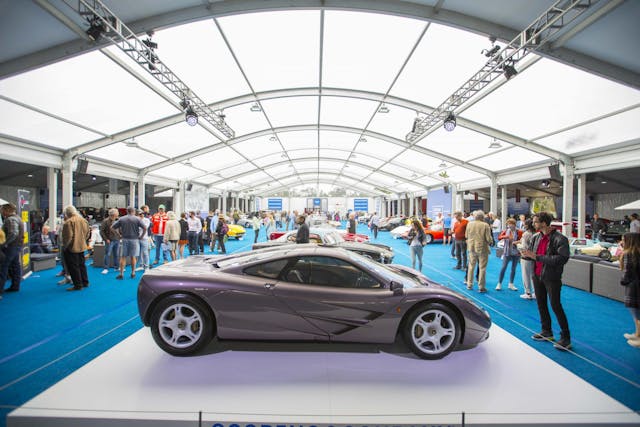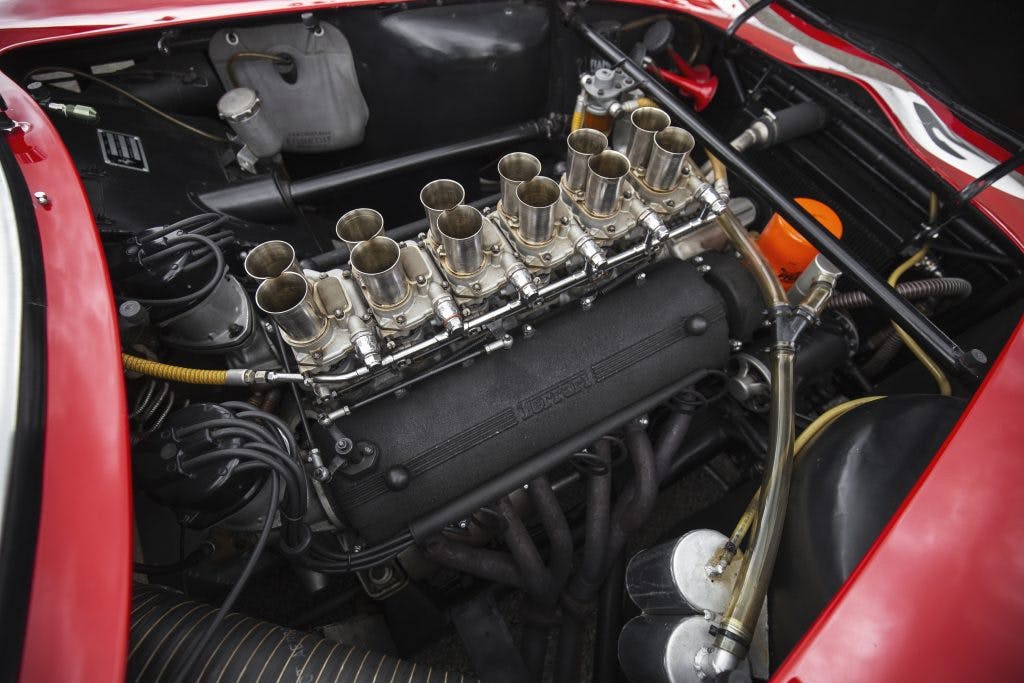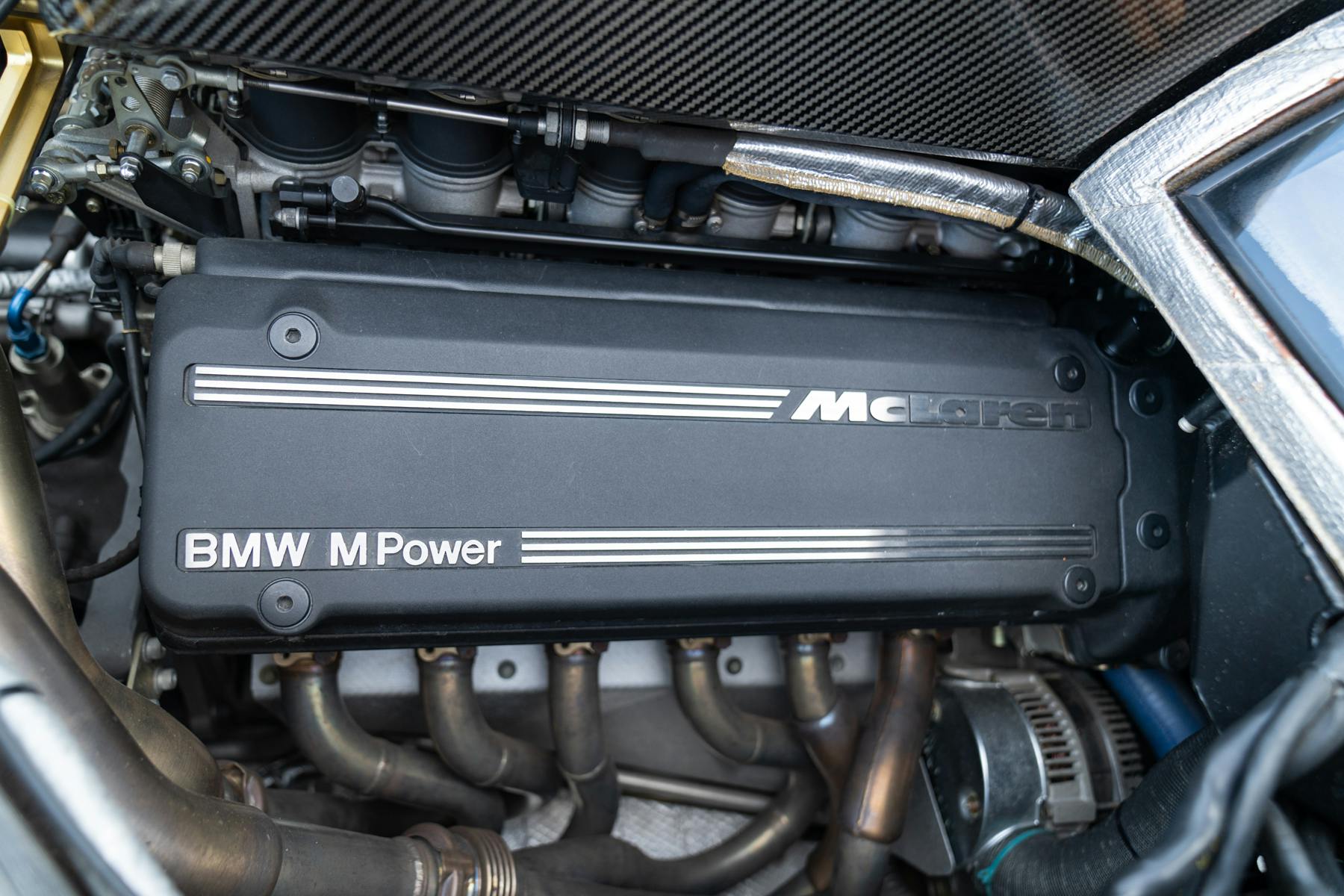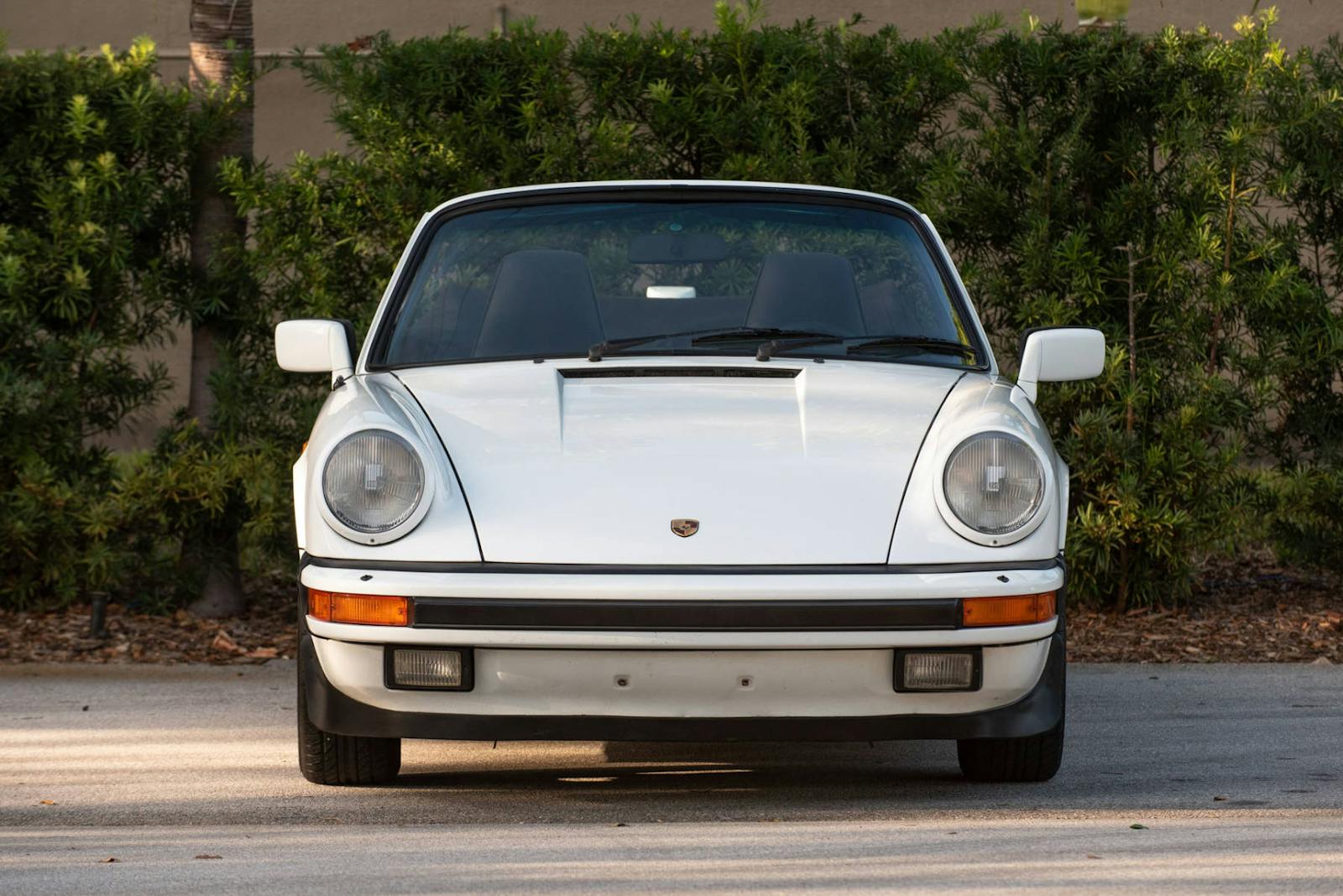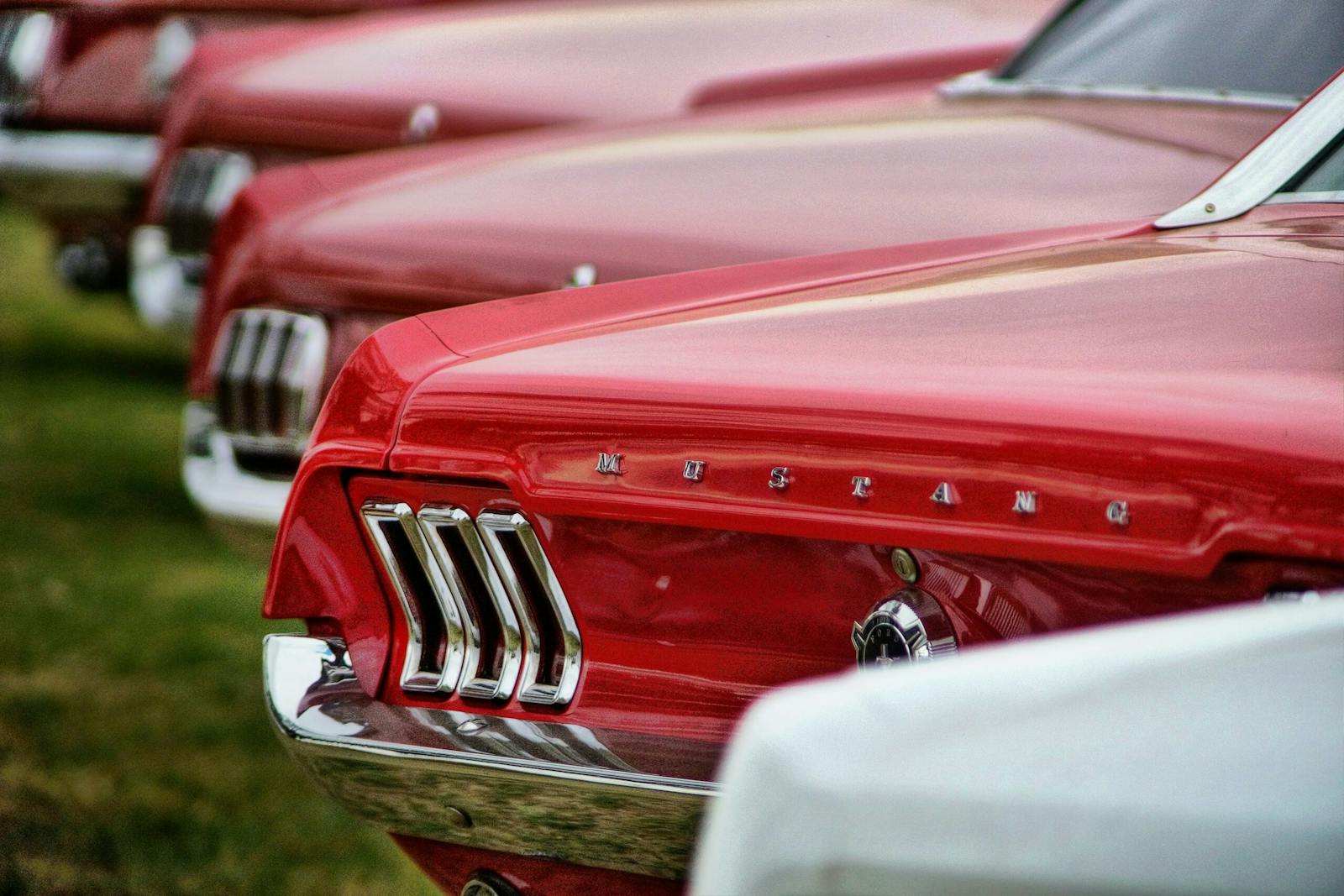Will the McLaren F1 supplant the Ferrari 250 GTO as the world’s most valuable car?
A McLaren F1 once again headlined the Monterey auctions, with a 1995 model bringing $20.465M. The car’s value on the private market can be even higher. Our price guide presently values an F1 LM Spec (a rarer trim than the one at Monterey this year) at $26.5M in concours (#1) condition. It’s easy to wonder if the 1990s hypercar is well on its way to becoming the king not just of Monterey but also the entire collector car market.
Well, not so fast. The ultimate collector car is unquestionably the Ferrari 250 GTO. It holds the record for highest price at public auction—$48.4M in 2018—and is presently the most valuable vehicle in the Hagerty Price Guide, with a condition 1 (concours-ready) value of $70M. That puts it ahead of other luminaries like the Ferrari 330 LMB (the GTO’s descendent) and the Shelby Daytona Coupe (its competition).
Can the McLaren, presently number four on that list, close the gap with the GTO?
Comparing these two vehicles as if they’re normal cars—fun as that would be—won’t get us closer to an answer. The Ferrari and McLaren not only hail from different eras but also, quite simply, transcend typical car review considerations. The data Insider typically look at is likewise less helpful here. The sample sizes of cars and sales are small, and the demographic profiles of people who can swing these eight-figure collection capstones tend to be similar. Read: A Baby Boomer (an average age of 71 for the GTO owner, 64 for the F1) who has either a very large collection (100 vehicles) or an extremely valuable one (average value of $1M+ per car).
When talking about the value of collector cars, particular ones of such pedigree, the important features are provenance, design and technology, rarity, and usability. As each of those features becomes more appealing to car enthusiasts, the collectability and value go up.
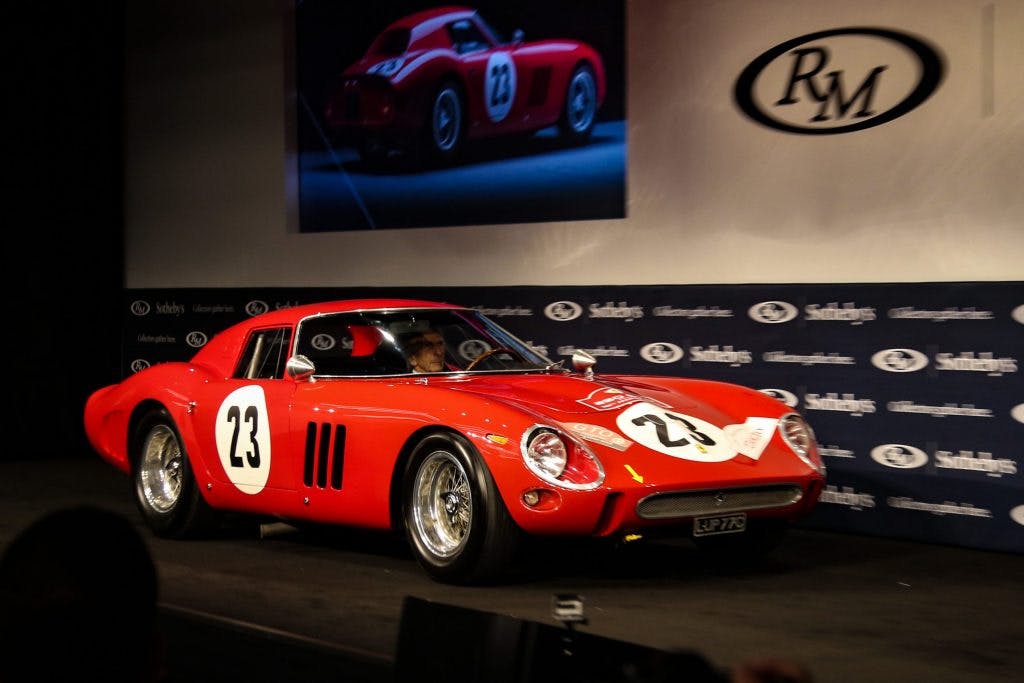
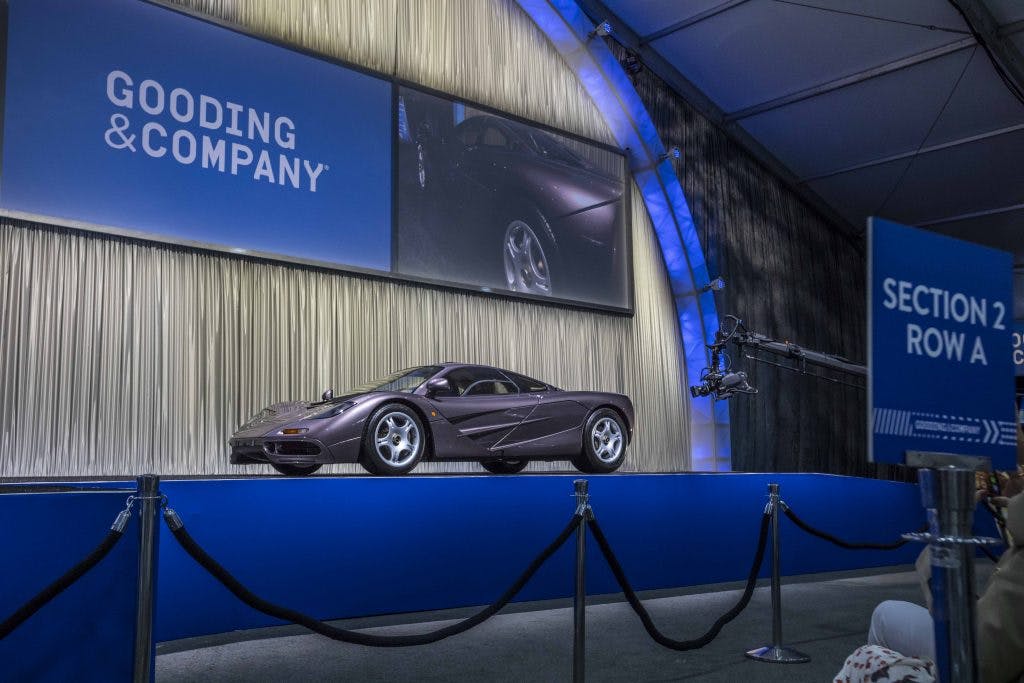
The Ferrari 250 GTO has all of those features to a nearly unprecedented level. The McLaren F1 does too, but perhaps people underestimate how strong it is in some of those categories.
Provenance
For the 250 GTO, one can begin with the obvious yet important fact that it is a Ferrari. We’re so used to talking about the marque that we perhaps forget how special it really is. We’re talking about a brand conceived to build fast and exclusive cars.
Not merely expensive, 250 GTOs were also immensely successful on racetracks around the world, and they continue to be raced at the highest levels today. Second, the 250 GTO won a lot of races. According to automotive historian Doug Nye, in his 2013 examination of this same question in Octane magazine (Issue 120), the GTO competed in 36 FIA World Championship races from 1962 to 1964 and won 10 of them.
The F1 is a McLaren, which started racing about 20 years after Ferrari and had immense success racing Can-Am cars and F1 cars in the 1960s and 1970s. While a road car was first considered in 1969 with the M6GT, after the death of Bruce McLaren in 1970, the project stopped. It wasn’t until Gordon Murray designed the F1 and launched it in the early 1990s that McLaren finally had a road car. Consequently, McLaren doesn’t have the long history of pop culture awareness as Ferrari.
Even though it was designed to be a road car, the F1 also has an outstanding record in racing. Returning to Doug Nye’s analysis, for the 1995–1997 seasons, the F1 (GTR) competed in 45 events and won 32. Comparing the two reveals the GTO was likely to win 28 percent of the time whereas the F1 was likely to win 71 percent of the time. And of course, the F1 won Le Mans outright in 1995, an accomplishment the GTO can’t claim.
How did each earn all those wins? Through advanced design and technology. Engine specs differ greatly, with different displacements, number of camshafts, and power output, but both have 12 naturally aspirated cylinders arranged in a vee. Both also have manual transmissions. Chassis specs diverge further, with the GTO having a front-engine, ladder chassis, and a live rear axle. The F1 is a mid-engine, carbon-fiber tub with double wishbones all around.
Usability
The other often unacknowledged feature of a collectible car is what you can do with it. Is it best parked in a garage, or is it even drivable? Even better, can it be driven on the road in modern traffic? Or does it need quiet roads or a racetrack? One might expect the F1 to be a slam dunk here, given that it was designed from the start to be a road car and hails from the age of fuel injection and reliable air conditioning. Yet the GTO comes from an era when race cars weren’t that much different from road cars, and is considered accessible and easy to drive quickly. The McLaren, meanwhile, can be difficult to drive fast, owing to its mid-engine layout and to the otherworldliness of its performance. Even long-term owners have crunched their F1s on occasion. Also, its air conditioning isn’t all that great. But let’s not kid ourselves—there’s plenty to adore about the F1 as a road car, from the tactility of its controls to the strong factory support from McLaren.
Both the F1 and the GTO have active owners clubs that organize events. Part of the appeal is the exclusivity of each, with the GTO boasting just 36 examples (plus 3 with the 4.0 liter V-12), and only 106 of the F1. Where else are you going to meet some of the other biggest car collectors in the world? Arguably, the F1 didn’t start to appreciate until it had an active owners club, which long-time F1 racer Ray Bellm started in 2011.
The Future
From 2011 through the present, Hagerty Price Guide values for the McLaren F1 have more than quintupled in value from a condition #1 average value of $4,050,000 to $22,125,000. Values for the Ferrari 250 GTO have “only” little more than doubled from an average condition 1 value of $26,100,000 in 2011 to $56,600,000 today (the average value here includes the SII and 4.0L cars, which don’t factor into the $70M figure).
If both the F1 and the GTO continue to appreciate at similar rates, the F1 will be more valuable by 2031. Will there be another up-and-comer by then? Possibly. The difference in age between the Ferrari 250 GTO and the McLaren F1 is 30 years. Thirty years prior to the GTO is about when Alfa Romeo brought out the 8C 2900 series of cars, arguably the most collectible prewar car, with its racing history and desirable road car examples. Coincidentally, the McLaren F1 is now nearly 30 years old. Is there anything on the market now that has the potential to claim the title of ultimate collector car in the future? Gordon Murray’s own GMA Type 50 seems to have the potential. Time will tell.
